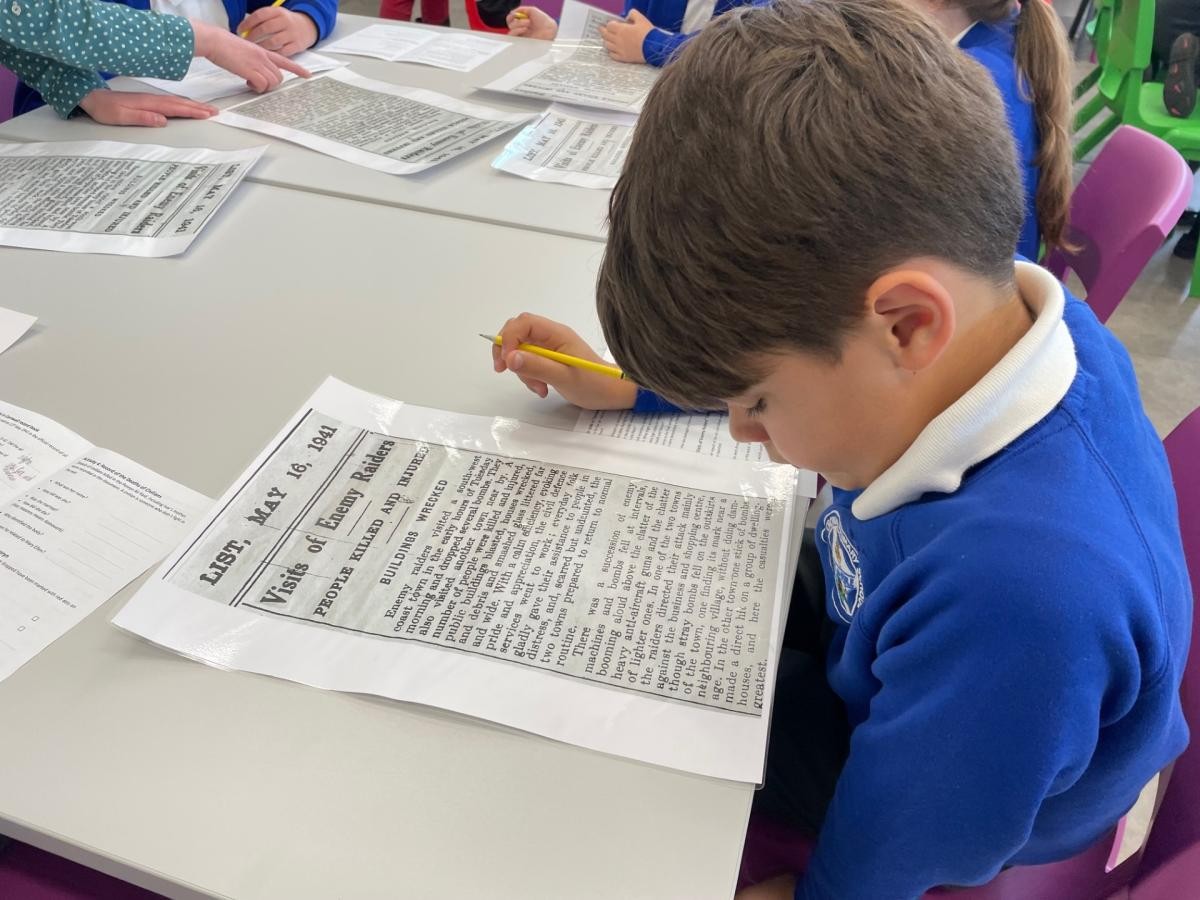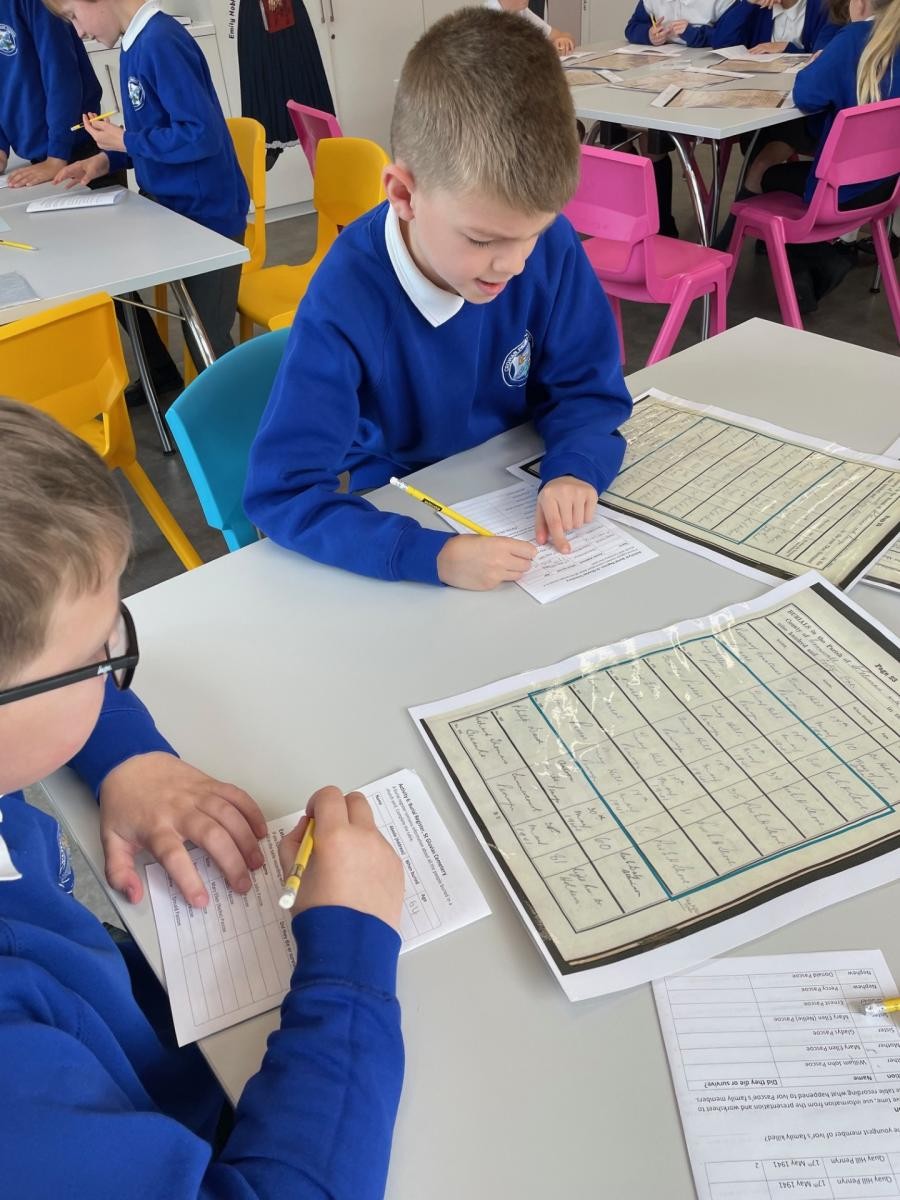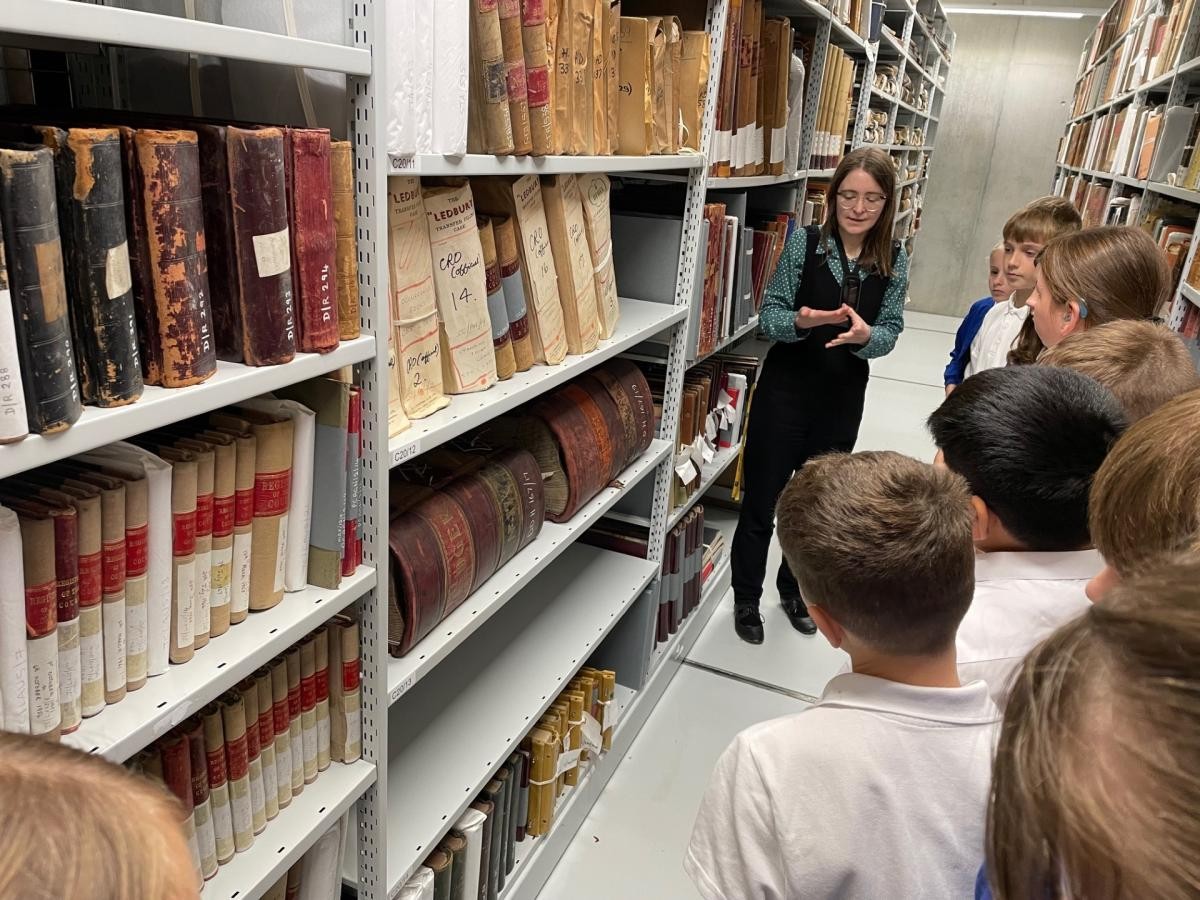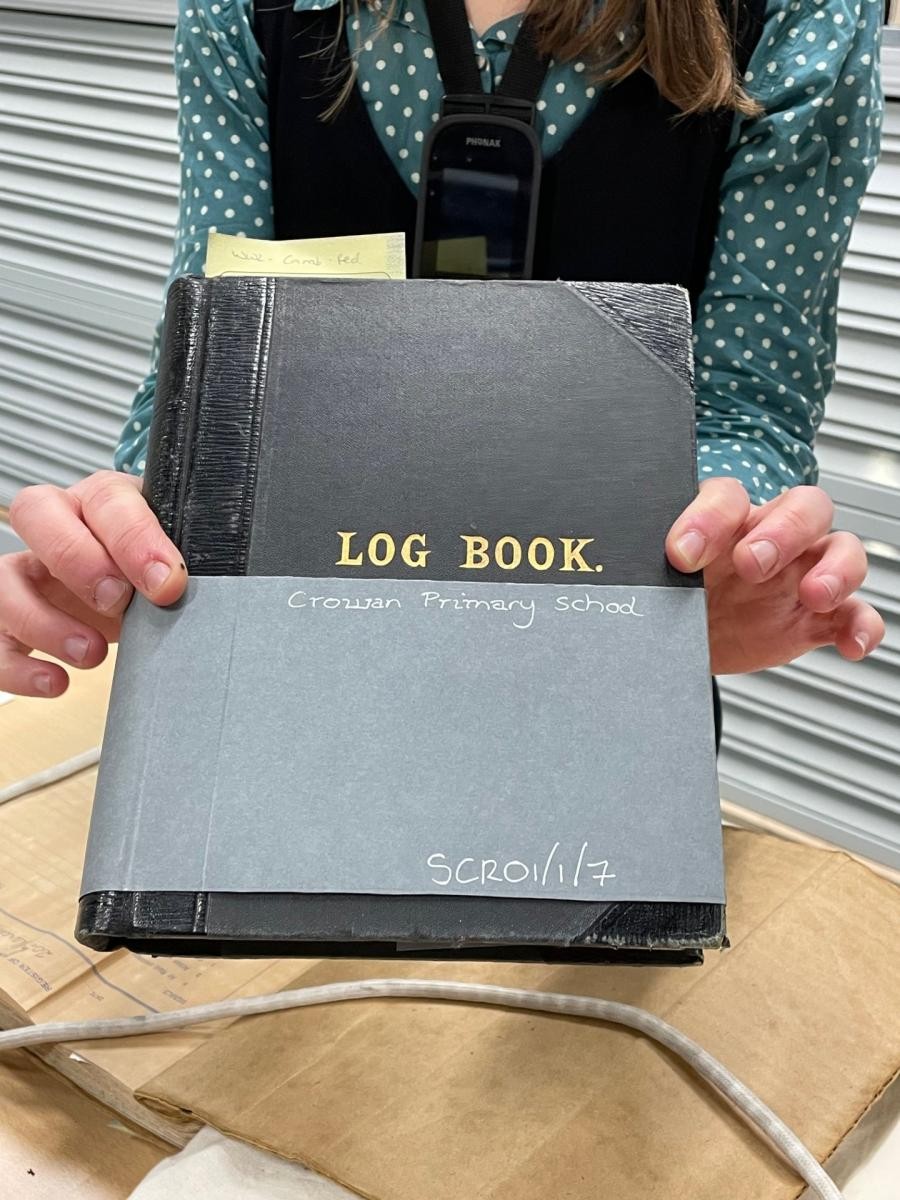At Crowan we believe that the study of history will inspire children to understand the complexity of people's lives, the process of change, the diversity of societies and relationships between different groups, as well as aspire them to consider their own identity and the challenges of their time. Through their learning in history, children will gain a secure knowledge and understanding of Britain’s past and that of the wider world.
History
Share this page




